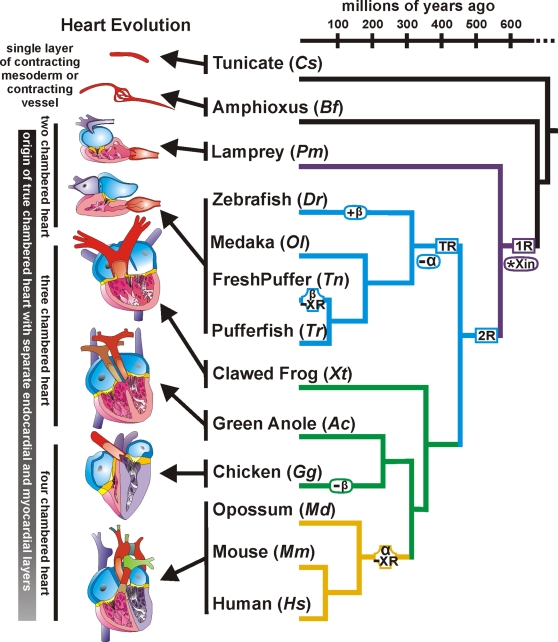Figure 8. Phylogenetic tree of vertebrates showing the evolutionary relationships of the Xin proteins and heart.
A phylogeny representing the evolutionary time-scale of Urochordata to Craniata with the lamprey, teleost, other land vertebrates and mammal branches colored in purple, blue, green and beige respectively. This phylogeny also illustrates (i) the two rounds of vertebrate genome duplications (1R and 2R boxed in purple and blue respectively) as well as the teleost-specific genome duplication (TR also boxed in blue), (ii) the emergence of Xin after the first round of vertebrate genome duplications (*Xin in purple oval), (iii) loss of the duplicate Xinα in the teleost lineage (−α in blue oval), (iv) single Xinβ duplication in zebrafish (+β in blue oval), (v) loss of Xin repeats in the freshwater pufferfish Xinβ (β -XR in blue octagon), (vi) loss of Xinβ in chicken (−β in green oval) and (vii) loss of Xin repeats in the mammalian Xinα (α -XR in beige octagon). No Xin proteins were identified in the Urochordate tunicate (Cs, Ciona savignyi) or the Cephalochordate amphioxus (Bf, Branchiostoma floridae), which contains a single layer of contracting mesoderm or contracting vessel with incomplete endothelial cell layer. A Xin protein is first identified in the Craniate lamprey (Pm, Petromyzon marinus) which contains true chambered heart with endothelial and myocardial layers.

